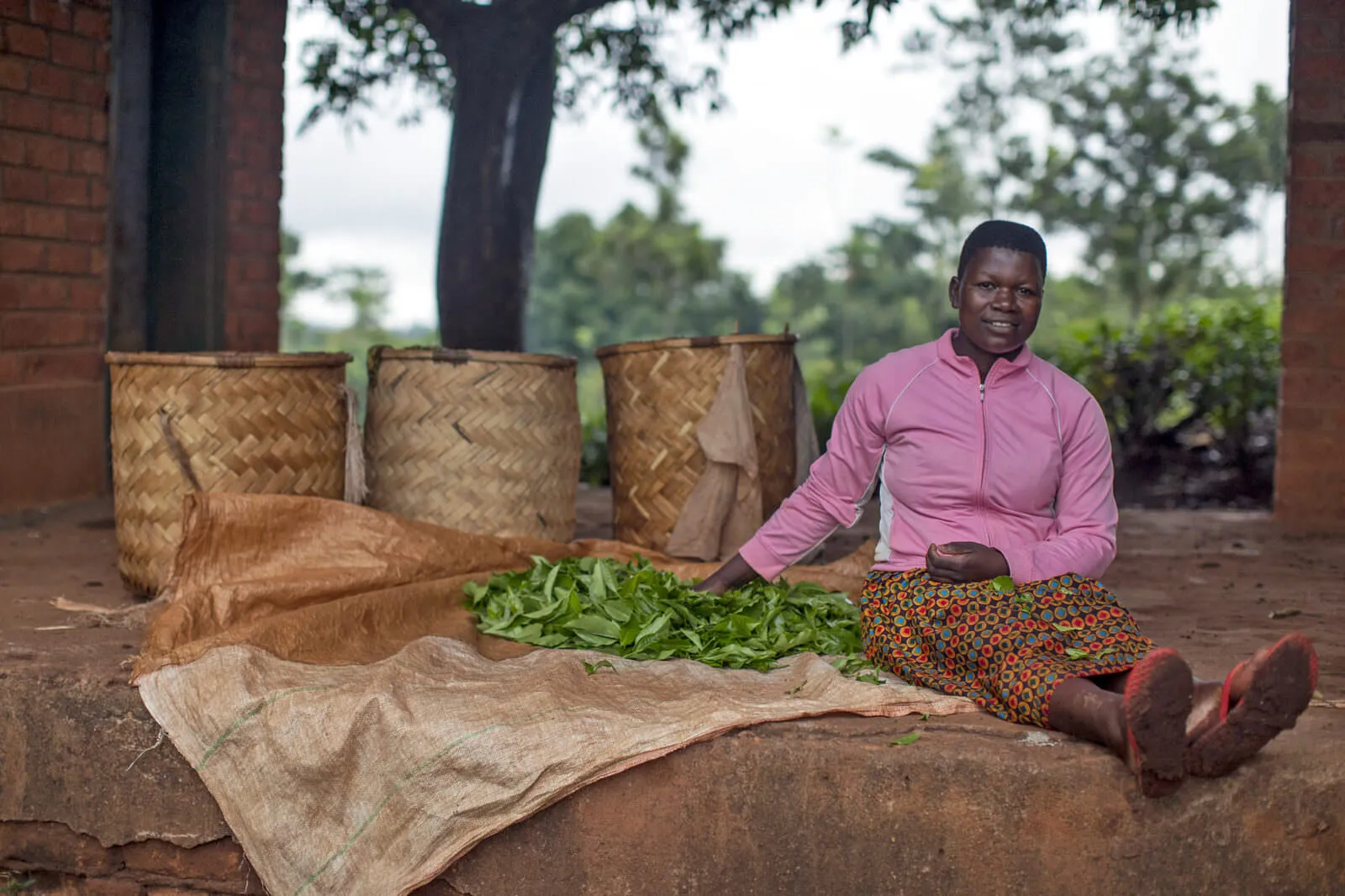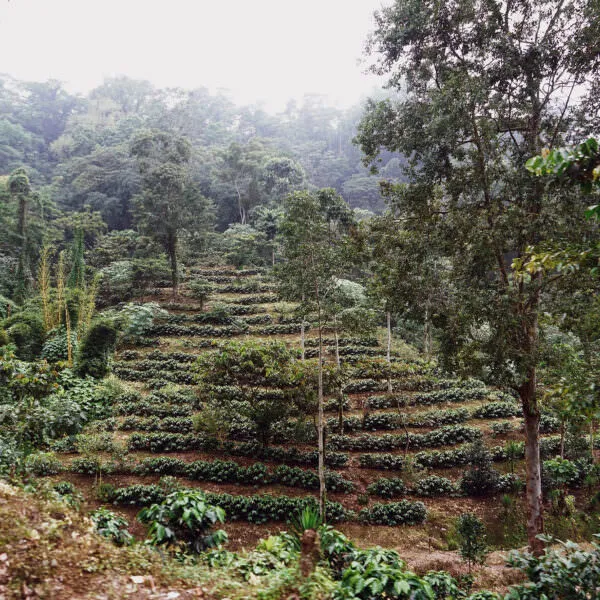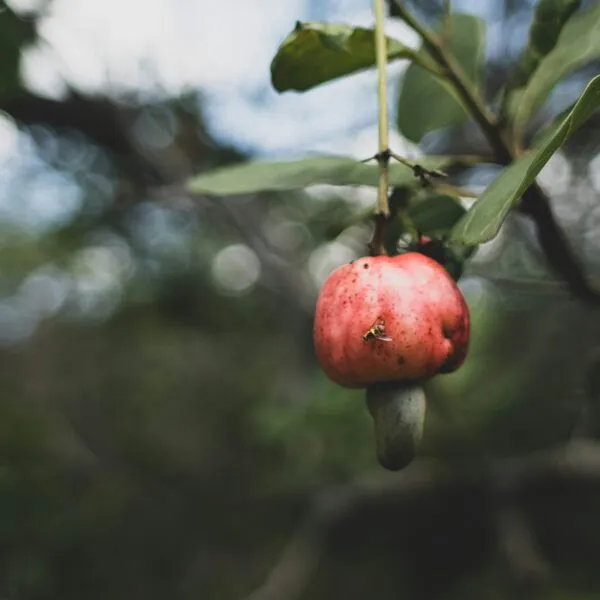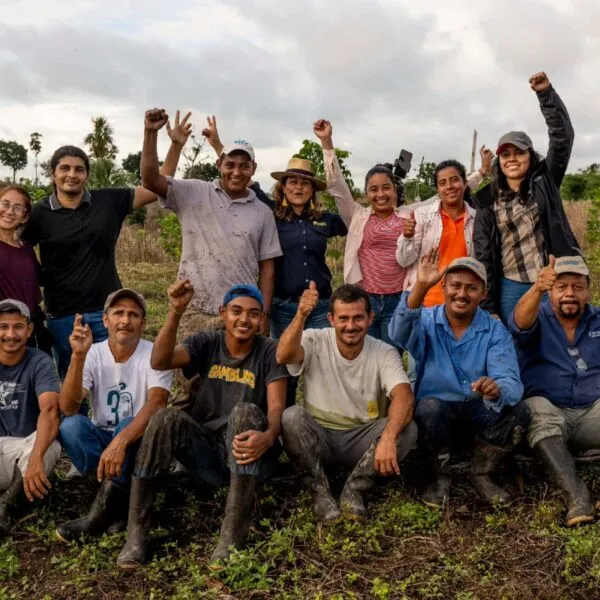More than 1.4 billion people around the world live in extreme poverty—the majority of them in rural areas. Improving sustainable livelihood opportunities for smallholder farmers and forest communities is the most effective way to lift rural people out of poverty—and nourish a global population expected to reach 9.8 billion by 2050. The cultivation of rural prosperity is core to our vision of a world where people and nature thrive in harmony, and it is embedded in our entire approach to sustainability transformation.
Through our training and certification programs, we have encouraged more than 2 million farmers to use growing methods that boost crop yields and income while reducing costly inputs (like chemical fertilizers). If farmers can earn a better income through certification, they have a strong incentive to adopt the other requirements in the standard that support better livelihoods—including those that protect soil health and build climate resilience. We apply this same principle to our longstanding partnerships with Indigenous and forest communities as we work together to cultivate thriving, diversified rural economies based the responsible harvest of forest resources.
Improving rural livelihoods is a complex undertaking that requires a multifaceted approach. It begins with the recognition that rural livelihoods and ecosystem protection are inextricably intertwined. And it requires deep collaboration between farmers, civil society organizations, companies, and governments who understand the urgent imperative for systemic change along the entire supply chain.
Healthy forests and vibrant communities are an essential part of the global climate solution. Sign up to learn more about our growing alliance.
Here is an introduction to our strategies for improving rural livelihoods.
Farmer livelihoods
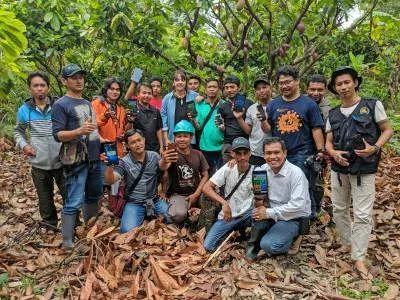
Farmers can improve their productivity—and therefore their incomes—by adopting sustainable agriculture methods and improving farm management. Manual and natural pest control techniques, for example, not only cut costs by reducing the use of expensive and harsh agrochemicals; they lead to healthier soils and better yields over the long term. Smallholder farmer training focused on methods like this have led to dramatic results for Saman Udayakumara, one of nearly 100,000 farmers who have gone through Rainforest Alliance farmer training workshops in Sri Lanka, who saw concrete benefits after applying the methods he learned in these trainings. “My weed-management cost has been cut down drastically, and I have noticed my soil becoming black [nutrient-rich] in the entire estate,” he said. “This land is very rocky, and in the past we sometimes stopped work due to prolonged droughts. Today it’s just the opposite. We were the only estate to continue plucking this year during the drought. We can see healthy tea bushes now, a better spread of branches, and more crop as a result.”
Climate resilience
The results Udayakumar achieved demonstrates another, related strategy for improving incomes: strengthening the climate resilience of farms. Farmers around the world are confronting new and unpredictable weather patterns, as well as droughts and floods that can wipe out crops. The climate adaptation practices we cover in our training and certification programs vary, depending on local circumstances. In Indonesia, for example, cocoa farmers face prolonged dry seasons and extreme weather events, so the Rainforest Alliance offers training on practices tailored to address those specific problems—such as planting cover crops to hold moisture in the soil and composting to improve soil health. Composting also reduces the need for costly synthetic fertilizers that contribute greenhouse gas emissions. Planting native trees reduces heat stress on cocoa trees and coffee bushes; it also limits erosion and other damage from heavy rainfall.
Diversifying farm income streams
Another important climate-smart strategy covered in our farmer trainings is diversification, which reduces the financial risks posed by crop failure or market fluctuations. Farmers can diversify their income streams by growing different kinds of crops, raising animals, and/or cultivating honey—all provide an important hedge against the unpredictability of farming.
“We teach them that, for example, if they plant shade trees for their coffee, those trees can be vanilla or avocado—other sources of income,” said Intan Fardinatri, the Rainforest Alliance’s coffee and spices program manager in Indonesia, who works with coffee farmers in the buffer zone of Sumatra’s precious Bukit Barisan Selatan National Park. In the Juaboso-Bia cocoa-growing region of Western Ghana, the cocoa farmers we work with produce honey through responsible beekeeping, and they also raise grasscutters (considered a delicacy in the area) to supplement their incomes. Our farmer training programs in both regions also promote water-saving measures and the construction of water-retention systems to make water available in times of drought.
Measuring progress towards a living income
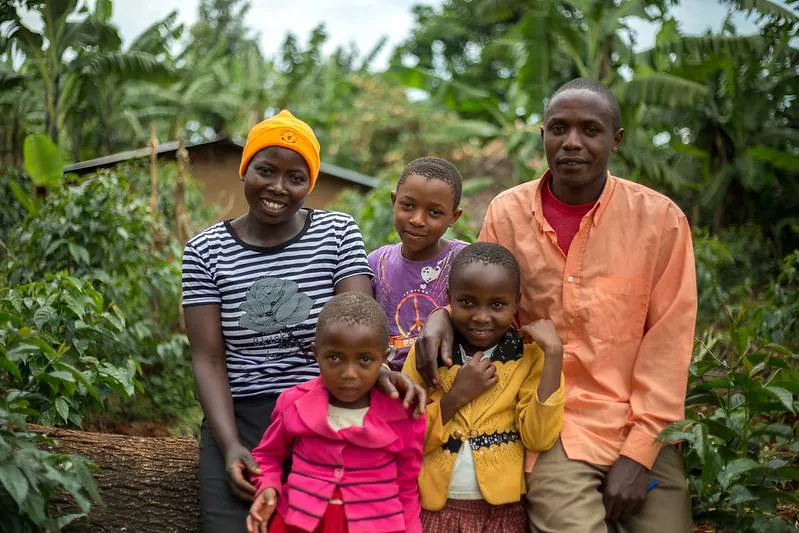
How can we know if our work is actually improving livelihoods? For that, we need to define a ‘living income’—how much money a household would need to afford a decent standard of living, based on the family’s specific location. This should cover all basic expenses, from housing to groceries, as well as enough to put aside a little extra for unexpected expenditures—and it can include money earned outside the farming business. This amount varies greatly, even within countries, due to the regional differences in the cost of food, housing, and other basic costs. Establishing agreement on living income will allow us to measure progress and drive investment. Our staff experts are working with other leaders in the field to create living income benchmarks and tools for measuring progress.
Defining terms: living wage vs. living income
We use the term ‘living income’ to refer to farm owners who run their own business, but we use a similar model to look at the wages earned by those hired to work on farms: ‘living wage’. The Rainforest Alliance is cofounder and co-chair of the Global Living Wage Coalition, which is actively working to improve workers’ wages in global supply chains through certification—with the long-term goal of defining and advancing a living wage around the world. The Global Living Wage Coalition works to identify how high a living wage should be for a worker in a certain sector, in a certain place. These benchmarks—all based on objective, rigorous research—provide an important asset for farmworkers or their representatives as they negotiate better salaries with their employers. Active progress toward a living wage is one of the requirements within the Rainforest Alliance certification. The benchmarks help auditors of certified farms judge whether a farmer pays their workers enough and, if wages are too low, it helps farmers develop a wage improvement plan to increase wages over time.
Building thriving forest economies
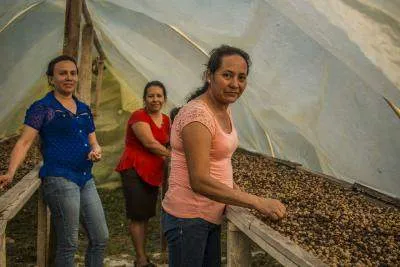
For more than thirty years, we have worked in partnership with forest communities (many of them Indigenous) to build diversified economies based on the sustainable harvest of both timber and non-timber forest products. In Guatemala’s Maya Biosphere Reserve, for example, our partner communities harvest tropical hardwood according to the rigorous standard of the Forest Stewardship Council. To diversify their income streams, these same communities have developed other low-impact forest businesses, such as collecting ramón nuts from the forest floor or picking xate, a palm frond frequently used in floral arrangements around the world. As a result, these communities have been able to generate USD $5 million in annual revenues while achieving a near-zero deforestation—even as nearby areas suffer some of the worst deforestation rates in Mesoamerica.
In southern Mexico, we work with ejidos (communally owned lands) in the biodiverse rainforest, the Selva Maya. With our support, Ejido Caoba became the first ejido in the region to export sustainably harvested mahogany in 2017, making a sale of $171,000. The increased revenues enabled the ejido to purchase sorely needed harvesting equipment, an important step in ensuring the community’s continued success. More recently we supported the Alianza Selva Maya, a consortium of five ejidos in the region, to begin producing floorboards and furniture, so that the communities have even more ways of generating revenue, and can continue to protect the forest they depend on.
Certification
Our vision at the Rainforest Alliance is for all farmers to be able to produce in a way that is both ecologically and economically sustainable. Certification can be a powerful tool in the effort to achieve that. Two independent studies found that Rainforest Alliance certification was associated with higher household incomes and lower rates of poverty for coffee-farming households, compared to non-certified farms. A 2017 study published in the Sustainability journal, conducted in Ethiopia, attributed these differences to the price premium paid to certified farmers; another conducted in Uganda, published in the Journal of Development Studies, attributed it to the significantly higher productivity of certified farms. A third independent study found that certified cocoa farms in Ghana reported positive change in income, savings, and numerous other financial variables since achieving certification—in contrast to non-certified farms, which reported either no change or negative change over the same time period.
Responsible business
Making responsible business the new normal is a critically important part of our strategy. Too many farmers do not make a profit despite having invested time, labor, and money to make their farming practices more sustainable. Many others simply can’t afford to invest in adopting more sustainable farming methods in the first place. Then, too, impoverished farmers have little leverage in negotiating prices for their products. The Rainforest Alliance works with companies on many aspects of their own sustainability journeys—including the recognition that investing in and rewarding sustainable production builds business value throughout the supply chain. That’s why our 2020 Certification Program promotes shared responsibility approach and has introduced two mandatory financial requirements for the buyers of Rainforest Alliance Certified commodities: Sustainability Differential and Sustainability Investments.
Addressing rural poverty through systemic change
Widespread poverty among farmers and forest communities around the world is a deeply entrenched, complex problem at the root of many sustainability challenges—including deforestation, child labor, and forced labor. We have seen firsthand, however, how much can be accomplished when governments enact supportive policies, when companies make meaningful investments, and when rural communities receive the technical assistance and training needed to diversify and expand their value chains. Together, we can catalyze systemic change to alleviate the struggles of people around the world.
